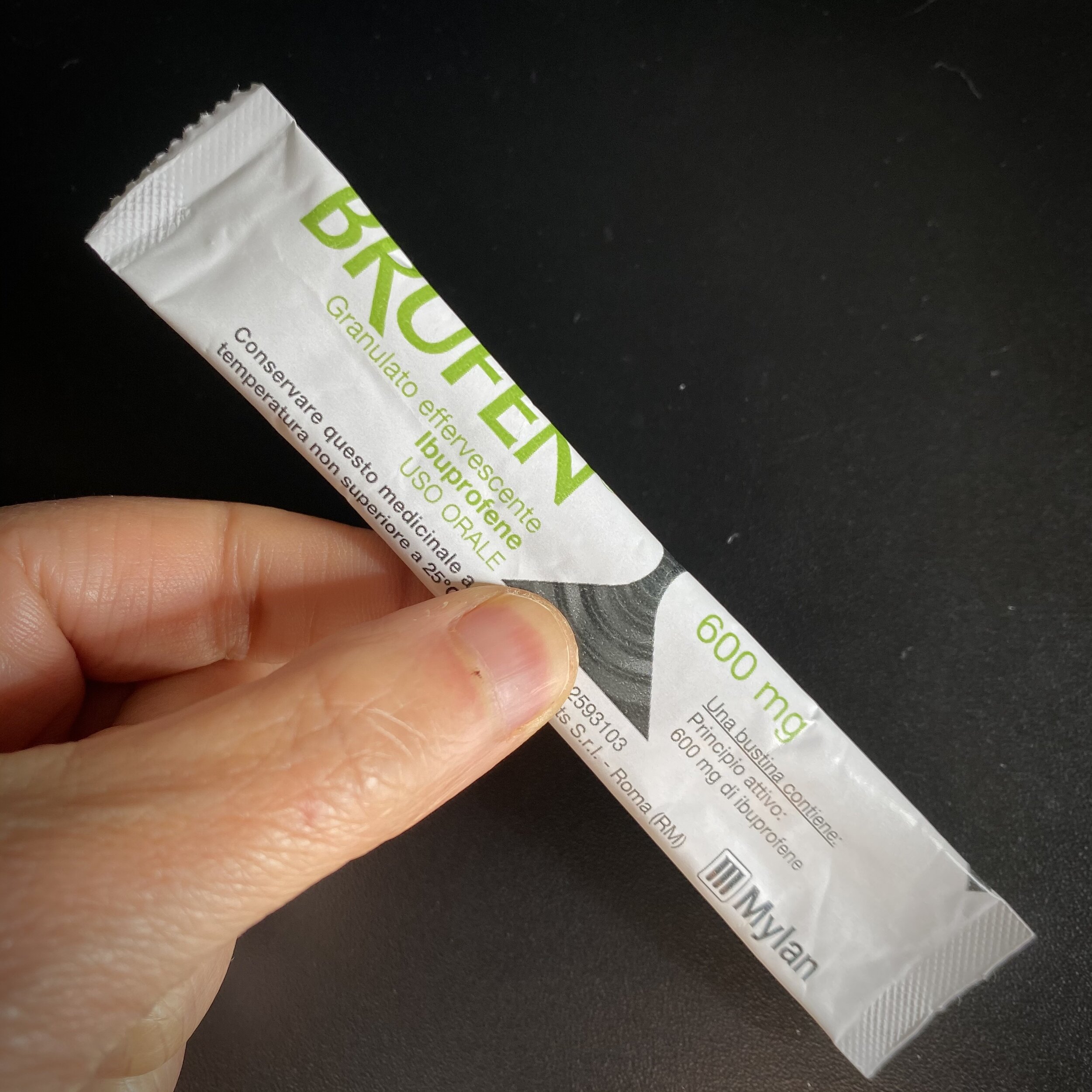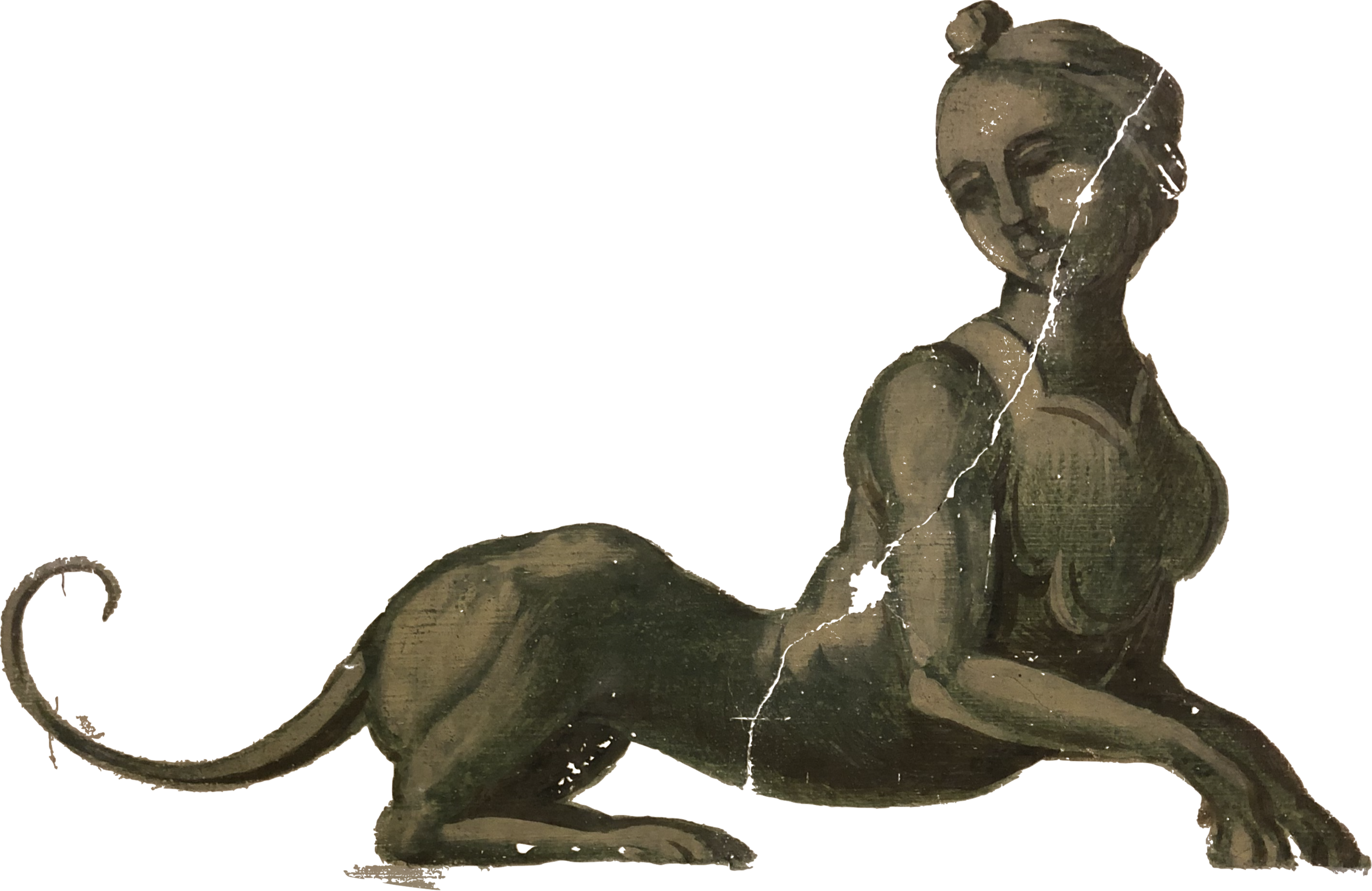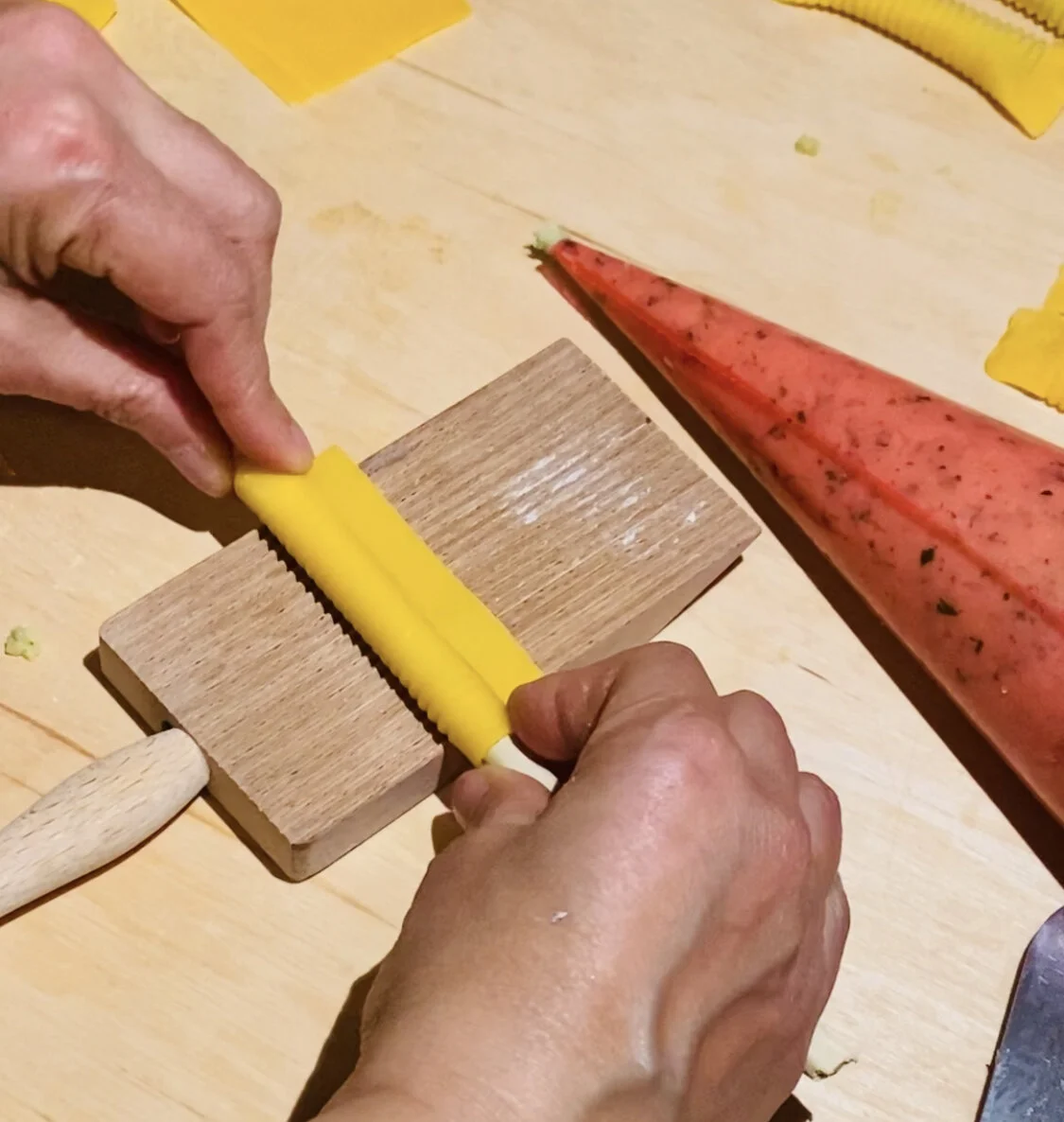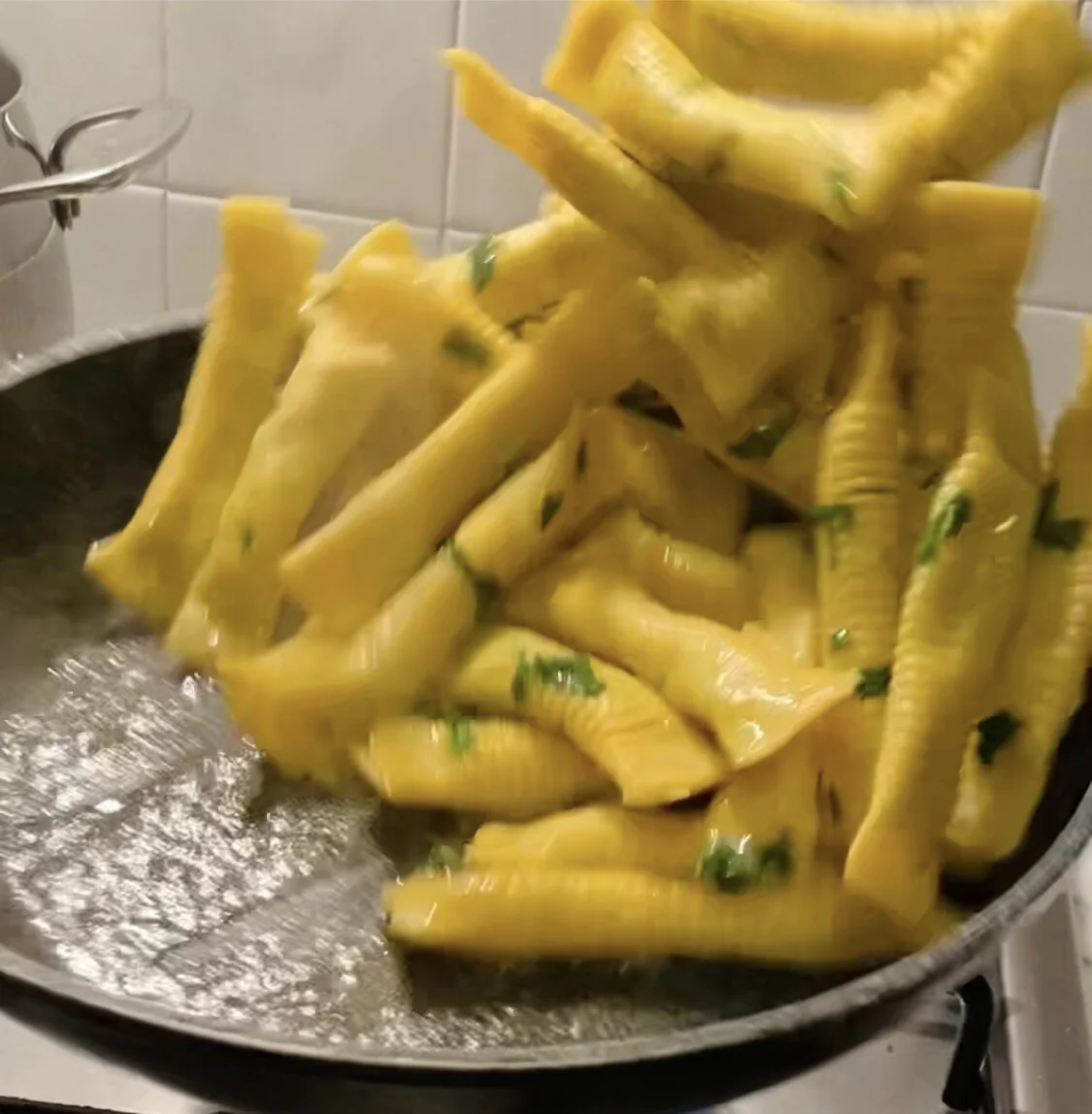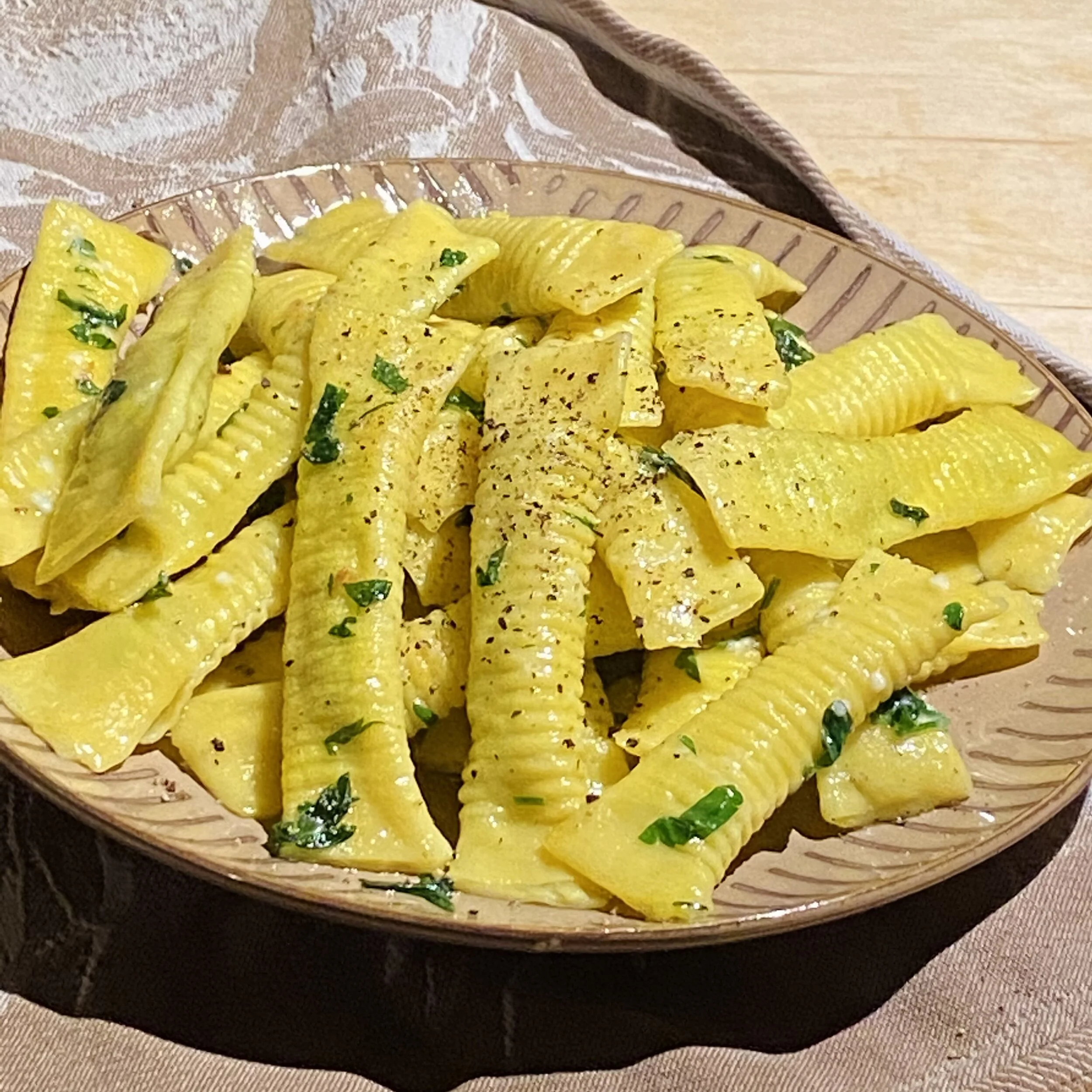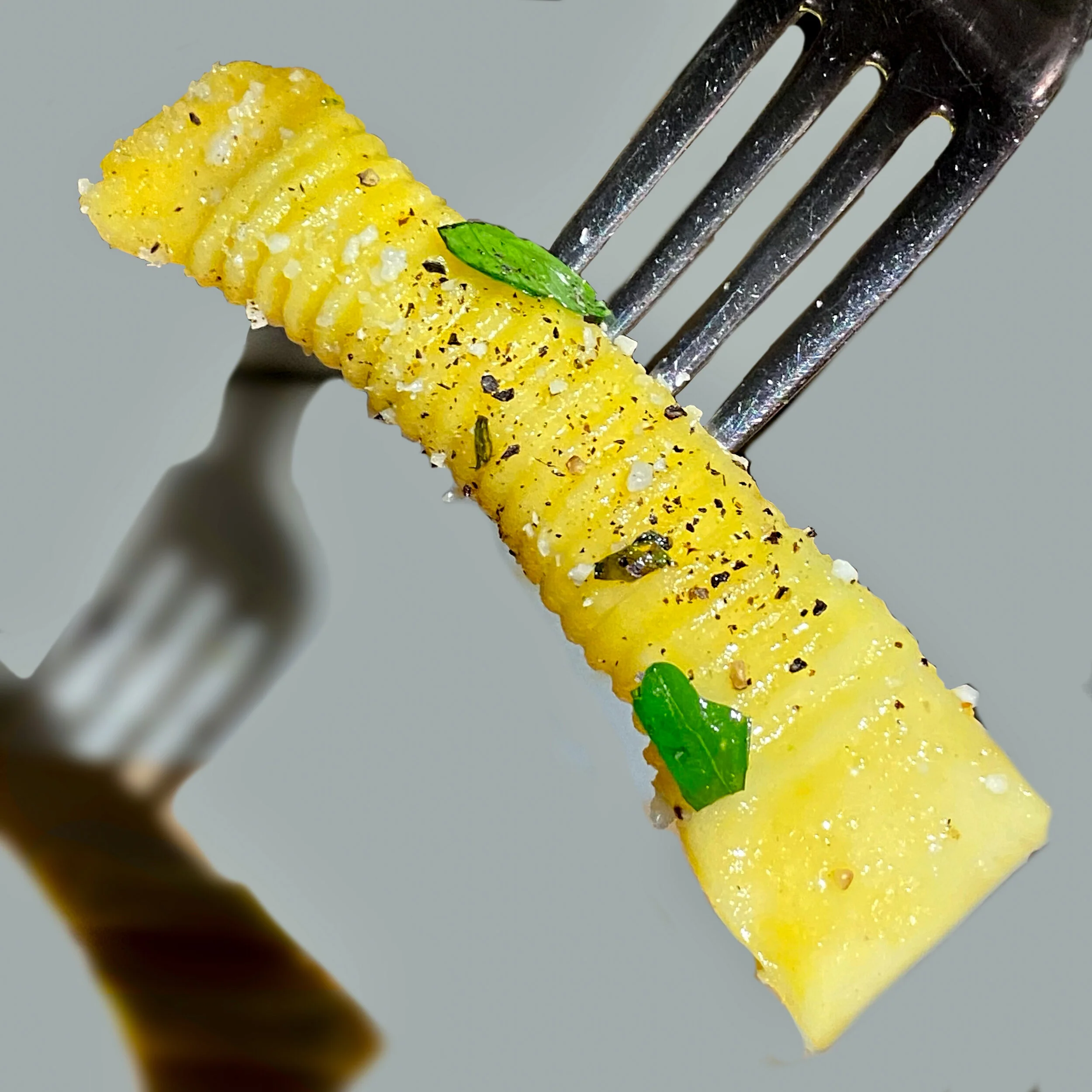The seemingly endless variety of pasta forms that have arisen from a simple dough of flour and eggs is astounding. And yet, the medium itself has physical limitations - it can only be pulled, pinched, twisted, and flattened so many ways and still maintain its integrity when subjected to boiling water and sauce. The challenge is even greater when the variable of holding a filling is added. Then there is the question of human dexterity. But the most enigmatic part of the pasta equation is imagination - the vision of the creative spirit to liberate the life that already lies within the material.
The other night, I was visited by the pasta muse. While I slept, a new pasta shape metamorphosed in a dream. But let me start at the beginning of the story:
We are in Level 5 (rosso) lockdown in Umbria. I had a toothache and having just heard a podcast about how dentists are a high risk category I thought it best that I stay home and self-medicate. I went rooting around in my medicine cabinet and came up with a mega-dose of ibuprofen.
I took one and went to bed. Towards the early hours of the morning, I had my pasta dream. Form, filling and finish - it was a lock, stock, and barrel dream. This is a phenomenon I have experienced with writing, but never recipes. The next day I went out and assembled the ingredients and made this pasta that had visited my dreamworld. I dubbed it bustine.
Bustine literally means little bags but, in a practical sense, the word also indicates a packet that is about a finger in length and sealed flat at both ends; perhaps a person with a more genteel upbringing would call it a sachet. My subconscious mind transformed the shape of the ibuprofen packet into a filled pasta. This makes perfect sense because pasta is the main focus of my research of late.
If someone has already had this idea, I am unaware of it and so, in buona fede, I am hereby staking my claim. The idea of entering the annals of Italian gastronomic history is a culinary historian’s ne plus ultra.
That means it makes me giddy.
Without further ado…
BUSTINE WITH BACCALA’ AND CELERIAC - For 4
[pasta]
200g type 00 flour - or all purpose
100g semolina rimacinata
3 eggs
[filling]
200g raw, desalted baccalà (salt cod)
200g celeriac, cubed
50g pecorino romano
1 egg
1/2 tsp celery seed, crushed
1-2 green onions, finely chopped
1 tsp lemon zest (optional)
salt to taste
[finish]
80ml olive oil
3 cloves garlic, smashed
1 large bunch flat-leaf parsley, finely chopped
pepper
pecorino romano
The pasta is a basic egg and flour dough. Knead 10 minutes; leave to rest 30 minutes.
Steam the baccalà and the celeriac. In a small food processor cup, combine the all the filling ingredients and process until smooth. Put the filling into a pastry bag.
Roll out the dough (not too thin) and then cut it into strips that are 1cm wider than your pettine (gnocchi board) on either side. If you are using a rustic pettine that is fine. They have become very popular of late. When cutting, it will be more expedient to use a bicicletta, but a knife will also accomplish the same task.
At this point, you want to take whatever you use as a stick for making garganelli and use it to measure the width of the pasta swath. Simply roll a piece up on the stick so that there is enough overhang for the pasta seam to seal. Again, using the bicicletta, cut the rest of the pasta, taking care to keep it covered with a tea towel.
Roll the pasta up on the pettine so that the edge seals. If you pasta seems dryish, wet the edge very lightly before sealing.
Proceed by squeezing the filling in. You will find it works best not to seal the end closed just yet so that air pockets don’t get trapped inside. At the same time, you have to watch that you do not simply squirt the filling directly out the other side and onto the work surface. Give it a try and see what works best for you. I trust you will find a solution. As always, if your filling is too chunky it will be frustrating.
Once the tube is filled, close the ends and pinch securely.
Put a large pot of salted water on to boil and prepare the finishing condiment.
Heat the oil in a large skillet and toss in the garlic. You can use your imagination here, but I kept it simple with just a bit of parsley added at the moment of tossing.
Boil the pasta, strain, finish cooking in the oil adding a ladleful of water from the pot as necessary. Toss and add the parsley.
Serve with a sprinkling of freshly grated pecorino romano.
Buon appetito!



